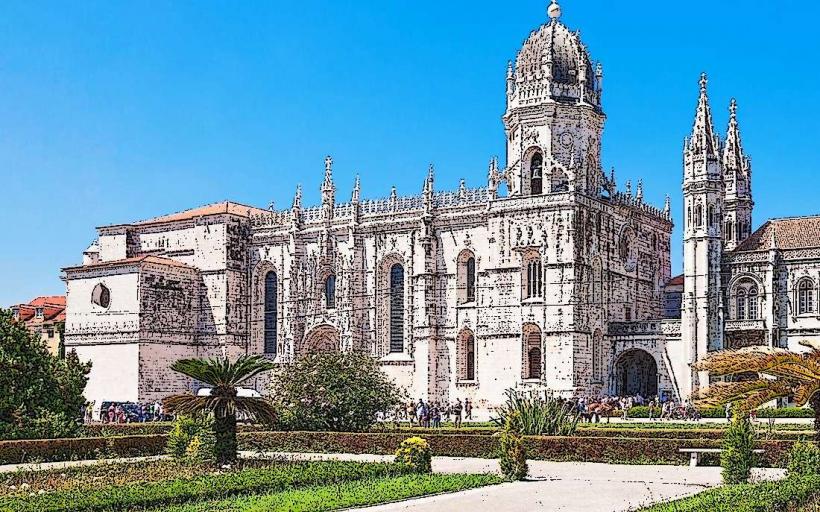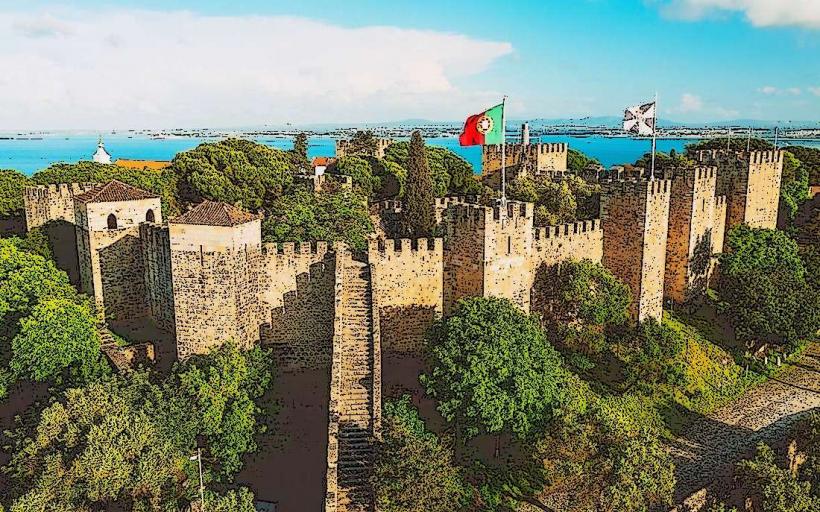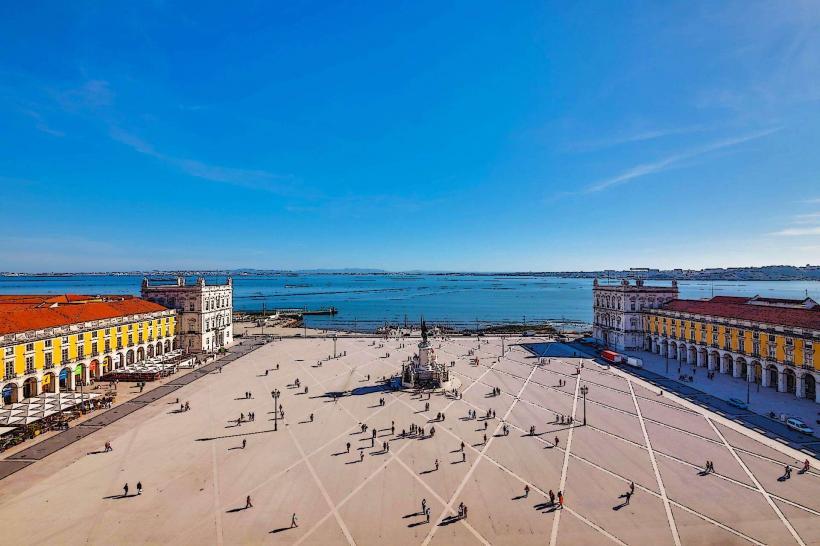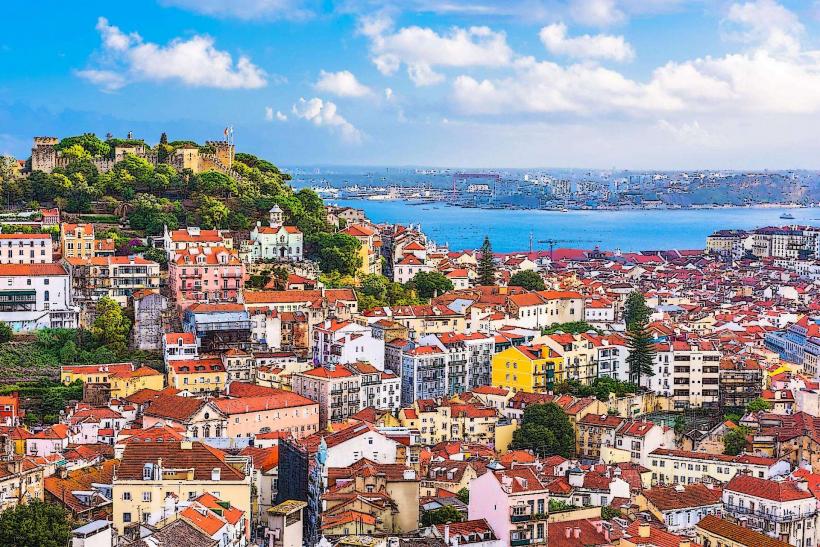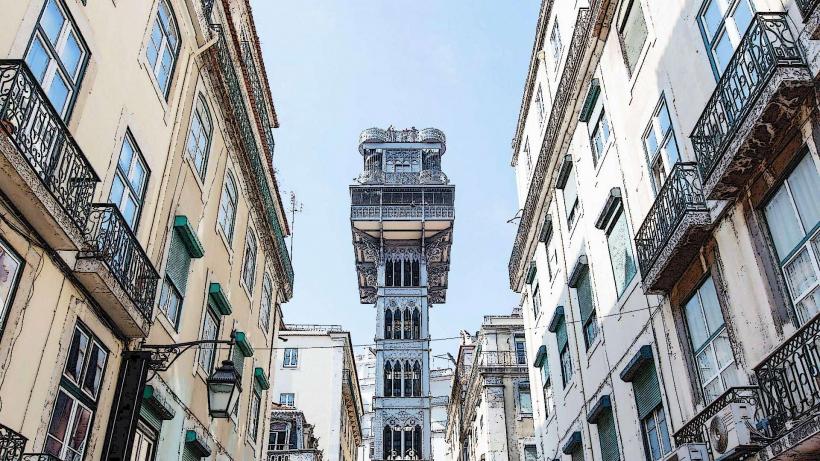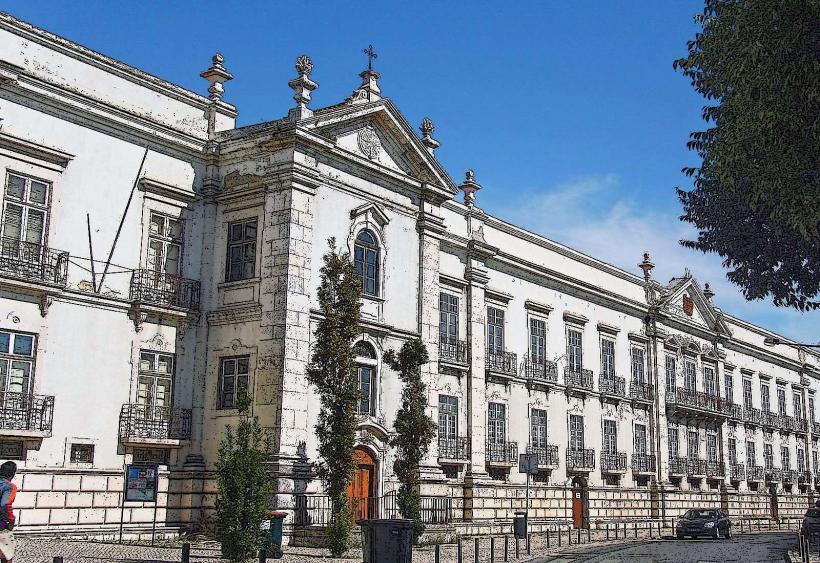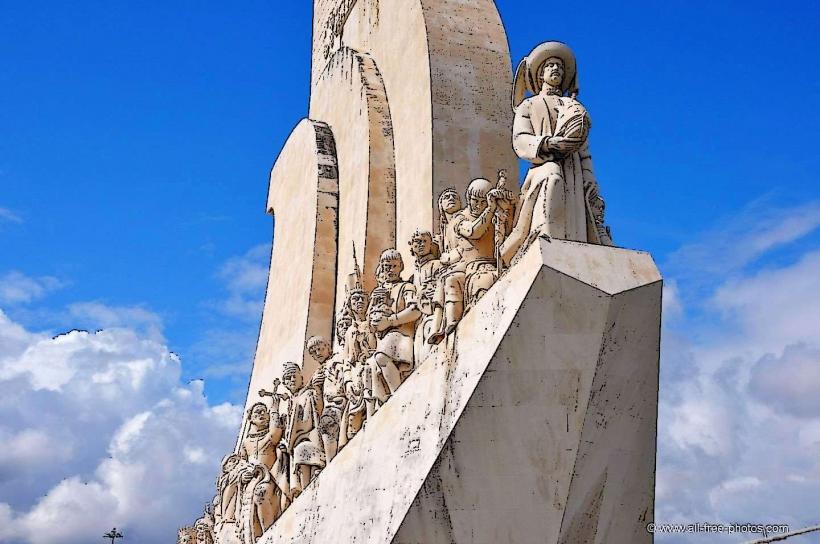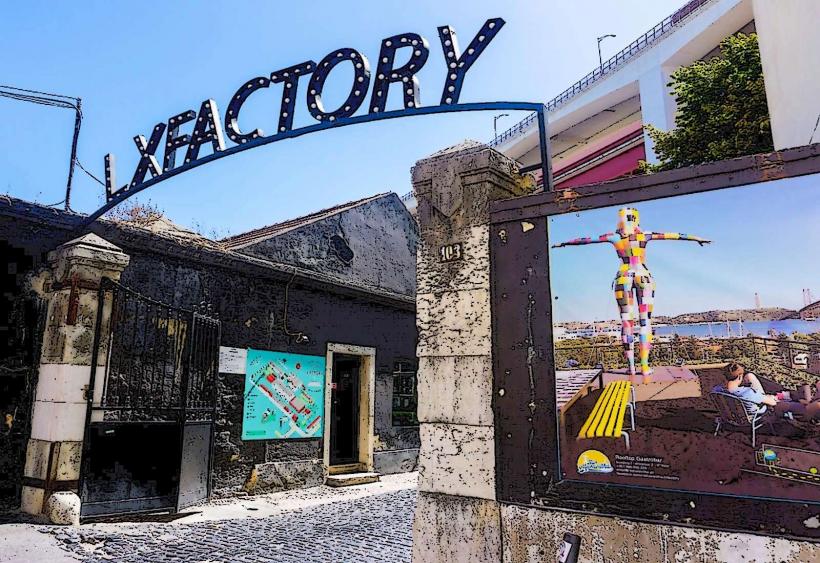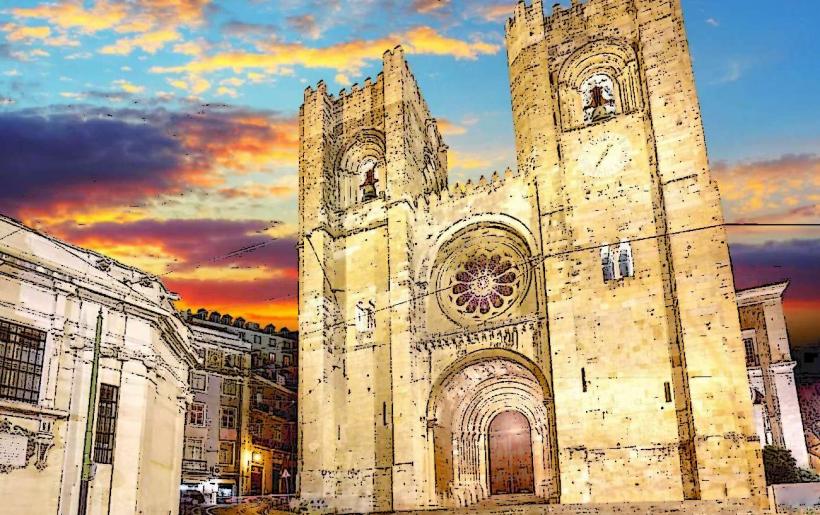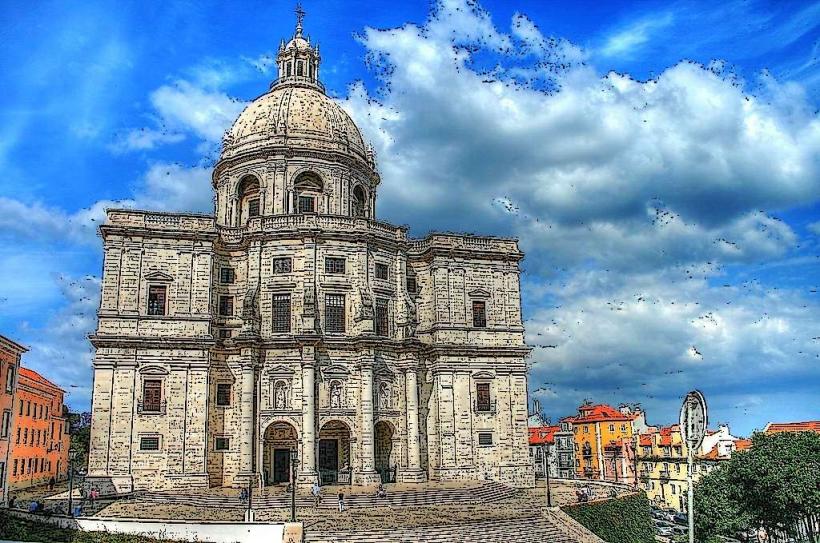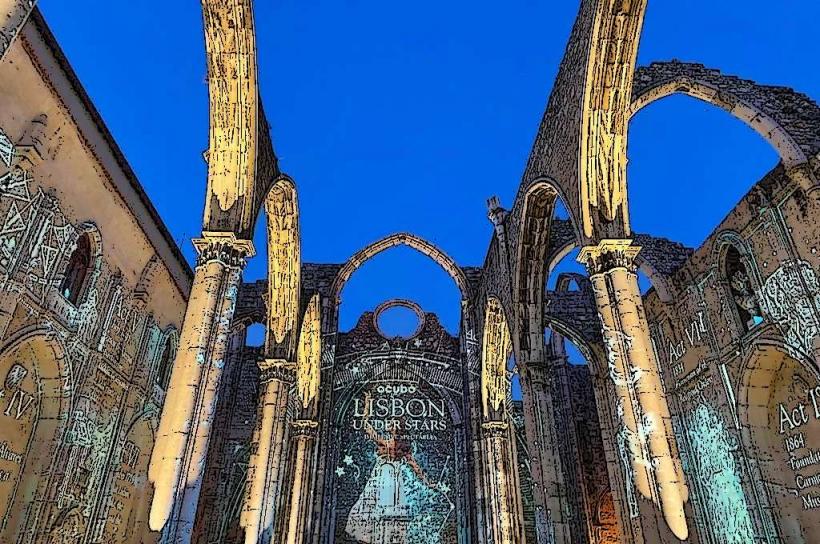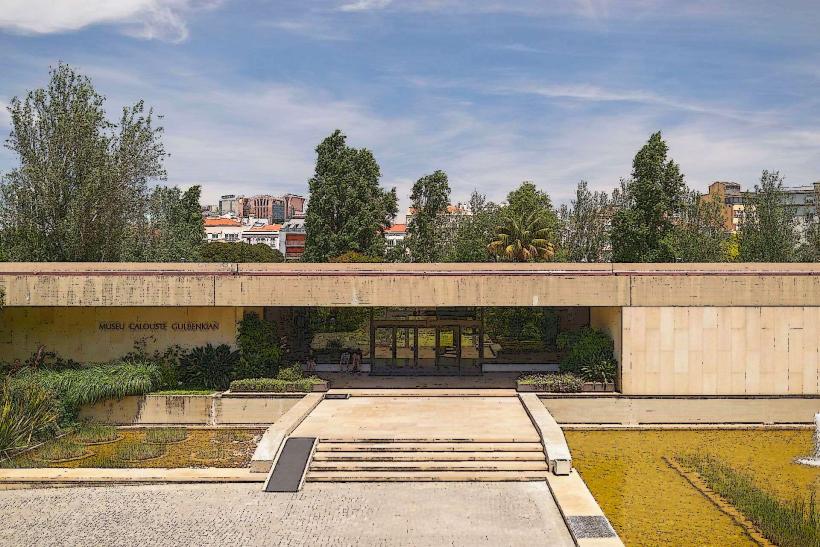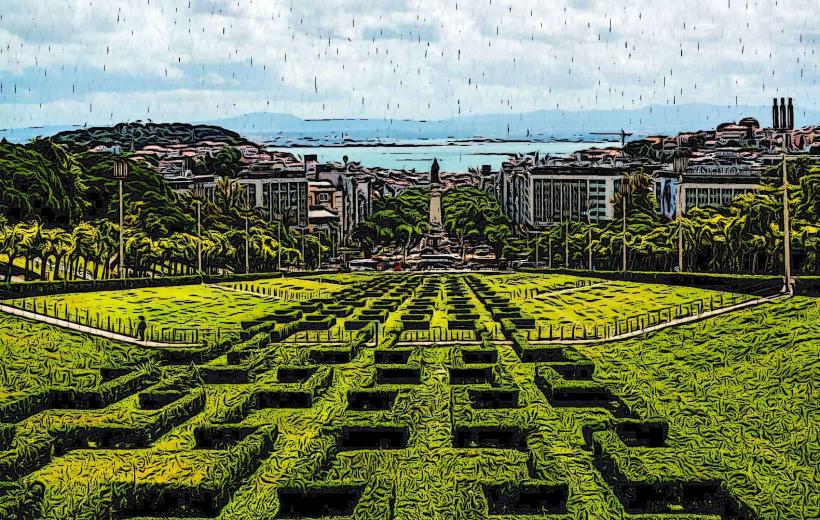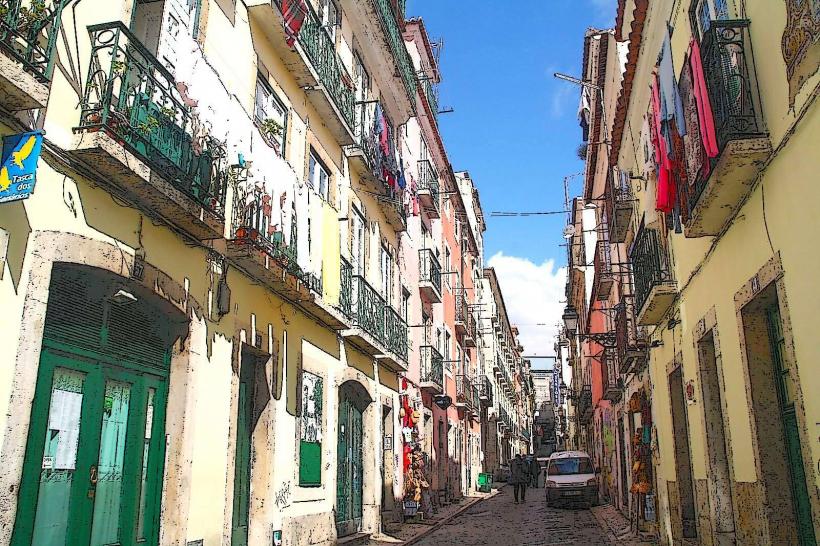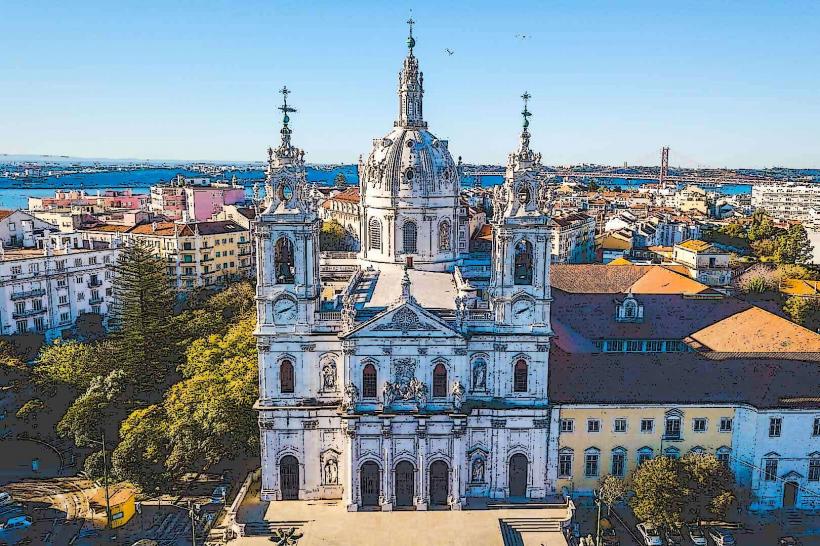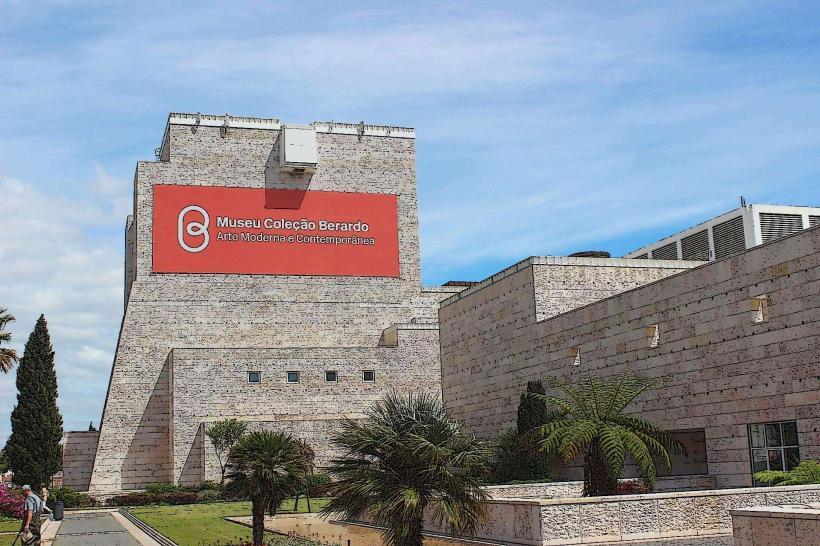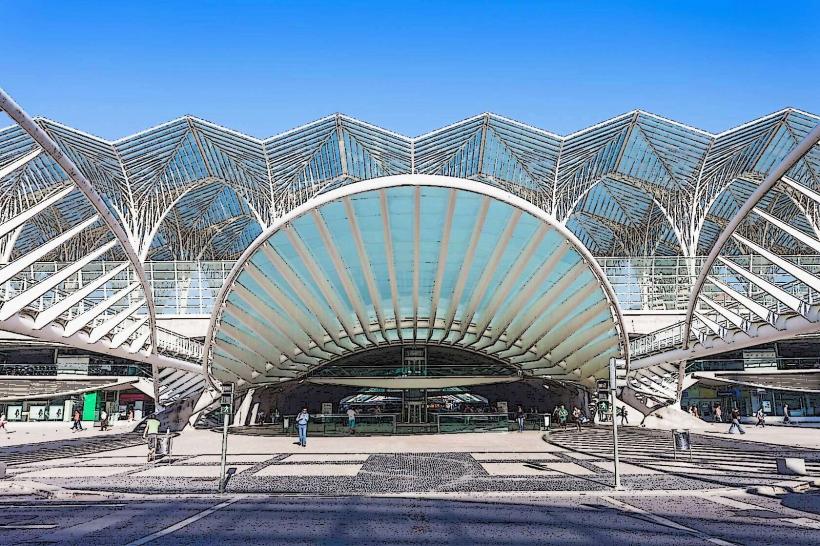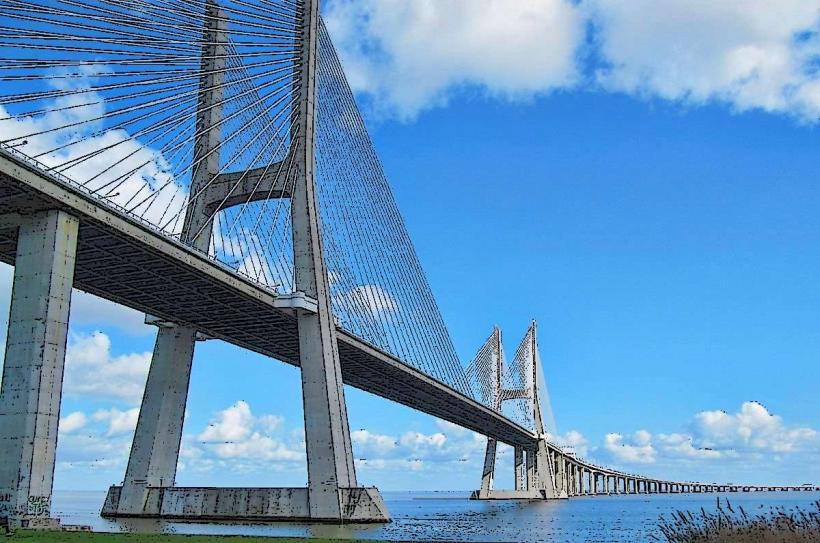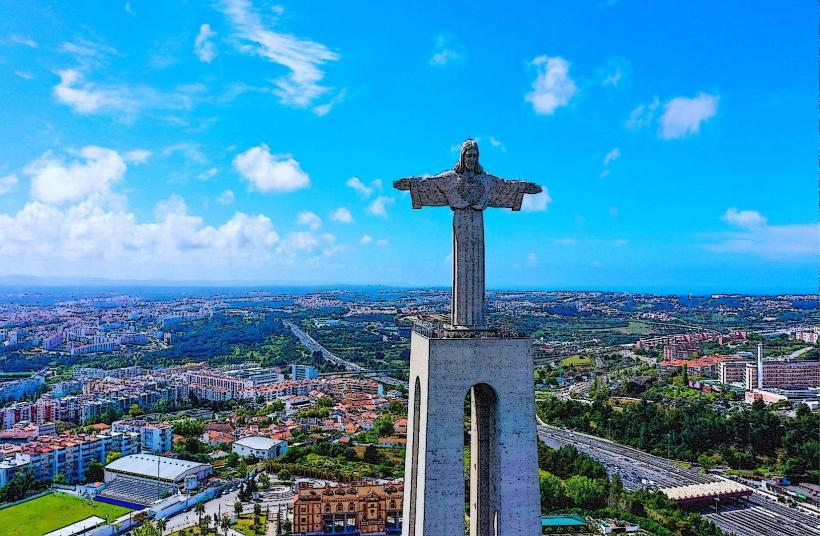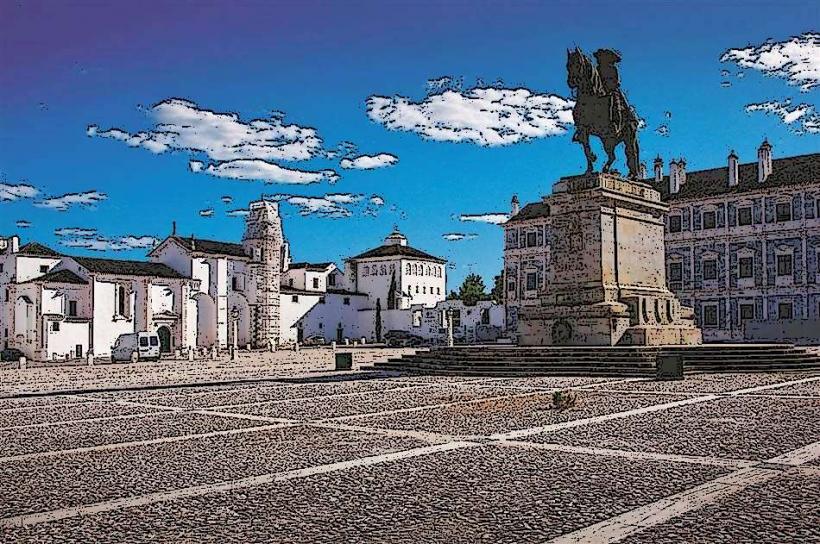Information
Landmark: Belem TowerCity: Lisbon
Country: Portugal
Continent: Europe
The Belém Tower (in Portuguese, Torre de Belém) is one of the most iconic landmarks in Lisbon, Portugal. It stands as a symbol of the city’s maritime history and its role during the Age of Exploration. Here’s a detailed look at the Belém Tower:
1. Historical Significance
- Construction and Purpose: The Belém Tower was constructed between 1514 and 1520 during the reign of King Manuel I. It was originally built as a fortification to guard the entrance to the port of Lisbon, which was a crucial point for maritime traffic during the Age of Exploration. The tower helped protect the city and the royal ships that departed on long voyages to the Americas, Africa, and Asia.
- Defensive Role: The tower was strategically placed on the northern bank of the Tagus River to defend the city from potential attacks by sea. It was part of a broader system of defense for Lisbon, which included the Jeronimos Monastery and other fortifications.
- Later Uses: Over time, the Belém Tower was also used for other purposes, including as a customs house, a lighthouse, and even as a prison during the 18th century.
2. Architectural Style
- Manueline Architecture: The Belém Tower is a prime example of Manueline architecture, a Portuguese variant of late Gothic that incorporates influences from the Renaissance and maritime exploration. This style is characterized by ornate, decorative elements inspired by Portugal’s overseas exploration and the wealth brought by its empire.
- The tower features intricate carvings, such as maritime motifs like ropes, coral, sea creatures, and crosses, reflecting Portugal’s connections to its naval exploits.
- Its bastion design includes battlements and turrets, which gave it a fortress-like appearance, while the window openings and decorative elements reflect the elegance of the Manueline style.
- Fortress and Tower Design: The tower has a four-story structure, with a bastion on one side and a main tower on the other. The building is asymmetrical, with the bastion extending into the river to provide better defense against incoming ships. The tower also features a balcony with a viewpoint that offers panoramic views of the river and surrounding area.
3. Key Features
- Main Entrance: The tower’s main entrance is a Manueline arch, with a coat of arms of Portugal above it. The entrance was originally accessible by a wooden drawbridge, which has since been replaced.
- The Windows: One of the tower’s most striking features is its decorative windows, particularly the ribbed windows that resemble maritime elements and symbolize the ocean voyages that were crucial to Portugal's empire-building.
- The Balcony: On the top floor, there is a balcony with a viewing platform. This space offers stunning views of the Tagus River, the surrounding area of Belém, and the nearby Monastery of Jerónimos.
- The Lighthouse: The top of the tower once served as a lighthouse, guiding ships along the river. Today, this function is no longer necessary, but it is still a prominent visual feature of Lisbon’s riverfront.
- Defensive Features: The Belém Tower includes several defensive elements, including battlements on the roof and cannon openings. These were designed to defend the river from attacks.
4. UNESCO World Heritage Site
- Recognition: In 1983, the Belém Tower was designated as a UNESCO World Heritage Site along with the nearby Jeronimos Monastery, in recognition of its cultural and historical significance to Portugal and its role in the Age of Exploration.
- Symbol of Portuguese Maritime Power: The tower is often considered a symbol of the country's golden age of maritime exploration, which lasted from the 15th to the 17th centuries. It represents Portugal’s global reach and ambition during the Age of Discovery.
5. Visiting the Belém Tower
- Opening Hours: The tower is open to visitors year-round, typically from 10:00 AM to 5:30 PM, with extended hours in the summer. It is best to check the specific opening times on the official website before visiting, as they can change depending on the season and public holidays.
- Entry Fees: There is an entrance fee for visitors who wish to explore the tower's interior. However, the surrounding area and the views from the riverbank can be enjoyed for free.
- Interior Tour: Inside, visitors can explore the various floors, including the bastion, main tower, and balcony. The interior is relatively simple, but visitors can learn more about the tower’s history through exhibits that focus on Portugal’s maritime past and the role of the tower in Lisbon’s defense.
- Accessibility: The Belém Tower is easily accessible by public transport, including tram, bus, and train. It’s located along the riverfront, near the Jerónimos Monastery, making it easy to visit both in one trip.
6. Surrounding Area
- Jeronimos Monastery: Just a short walk from the tower is the Jeronimos Monastery, another UNESCO World Heritage Site. This incredible example of Manueline architecture was built to commemorate Vasco da Gama’s successful voyage to India and has ties to the history of the Age of Exploration.
- Monument to the Discoveries: Also nearby is the Monument to the Discoveries (Padrão dos Descobrimentos), a large monument along the riverfront dedicated to Portugal’s explorers and navigators, including Vasco da Gama and Ferdinand Magellan. It’s a great spot to get a sense of the country’s rich maritime heritage.
- Belém Cultural Area: The Belém area is a cultural hub, with several museums, parks, and gardens nearby. The Berardo Collection Museum, the MAAT (Museum of Art, Architecture, and Technology), and the Coach Museum are all located in the vicinity.
7. Practical Information
- Address: Torre de Belém, Avenida Brasília, 1400-038 Lisboa, Portugal.
- How to Get There: The Belém Tower is located along the riverfront in the Belém district of Lisbon, around 6 kilometers west of Lisbon's city center. It's easily accessible by tram (Line 15), bus, or train from the city center, and the Belém district is well-known for its historical sites.
- Nearby Attractions: Apart from the Jeronimos Monastery and the Monument to the Discoveries, you can also visit the MAAT Museum and the National Coach Museum, both of which are located nearby.
8. Cultural and Symbolic Significance
- The Belém Tower is often seen as a symbol of Portugal’s rich maritime history, representing its significant role in world exploration. It is a national monument that evokes the glory of the Age of Discovery, where Portuguese explorers helped shape global history.
- As one of Lisbon’s most visited and photographed landmarks, it serves as a reminder of the city’s past, its maritime legacy, and its continuing cultural importance.
Summary
The Belém Tower is one of Lisbon’s most significant historical and architectural landmarks. Built in the early 16th century to defend the city during the Age of Exploration, it represents Portugal’s maritime legacy. Its stunning Manueline architecture, its association with Portuguese navigational history, and its picturesque location along the Tagus River make it a must-see destination for visitors to Lisbon. Whether you’re exploring the tower’s interior or enjoying the views from its rooftop, the Belém Tower offers a glimpse into the glory of Portugal’s golden age.

